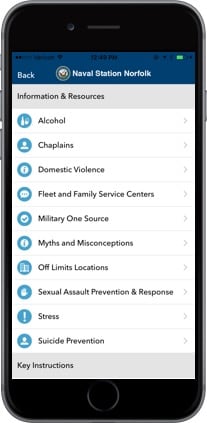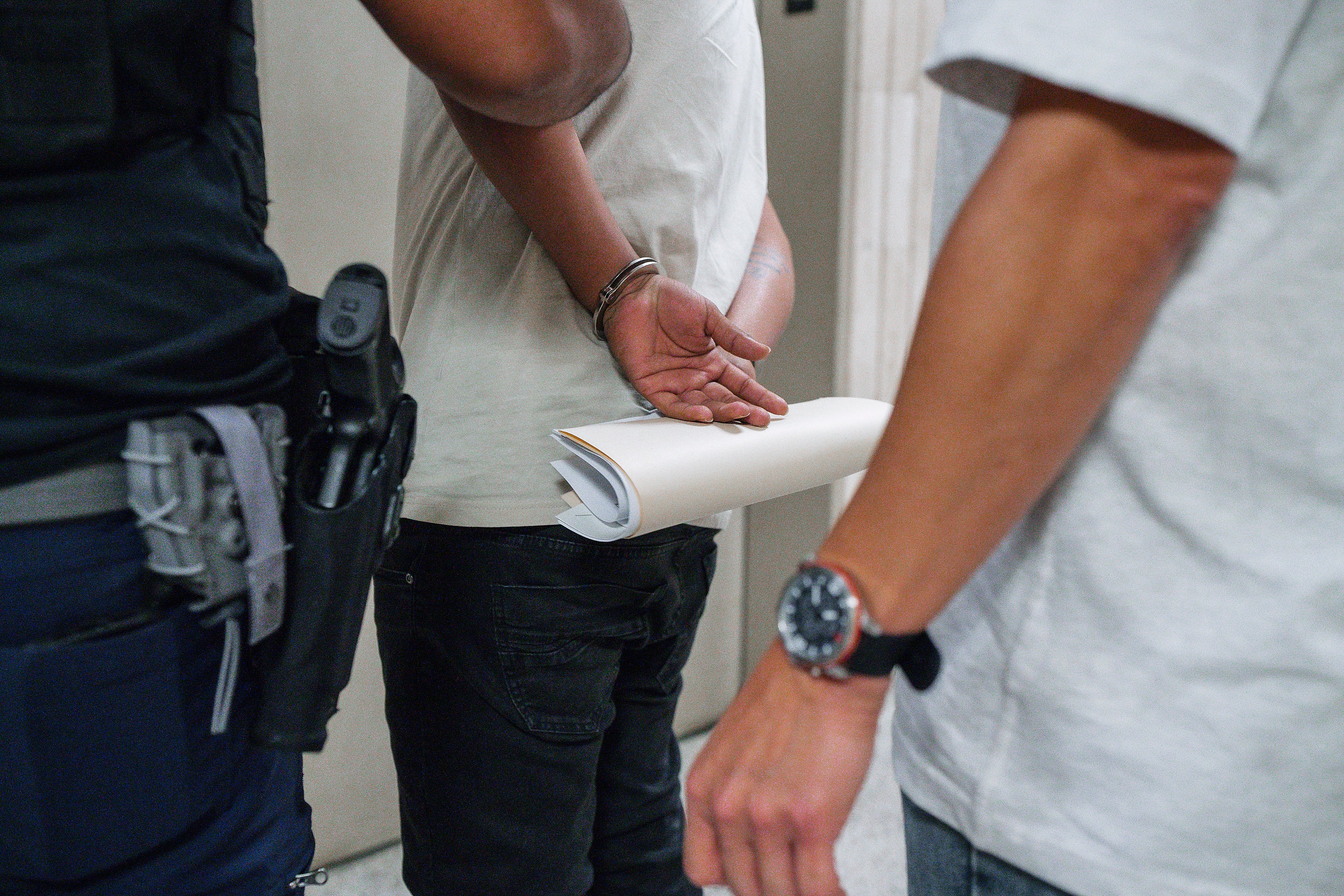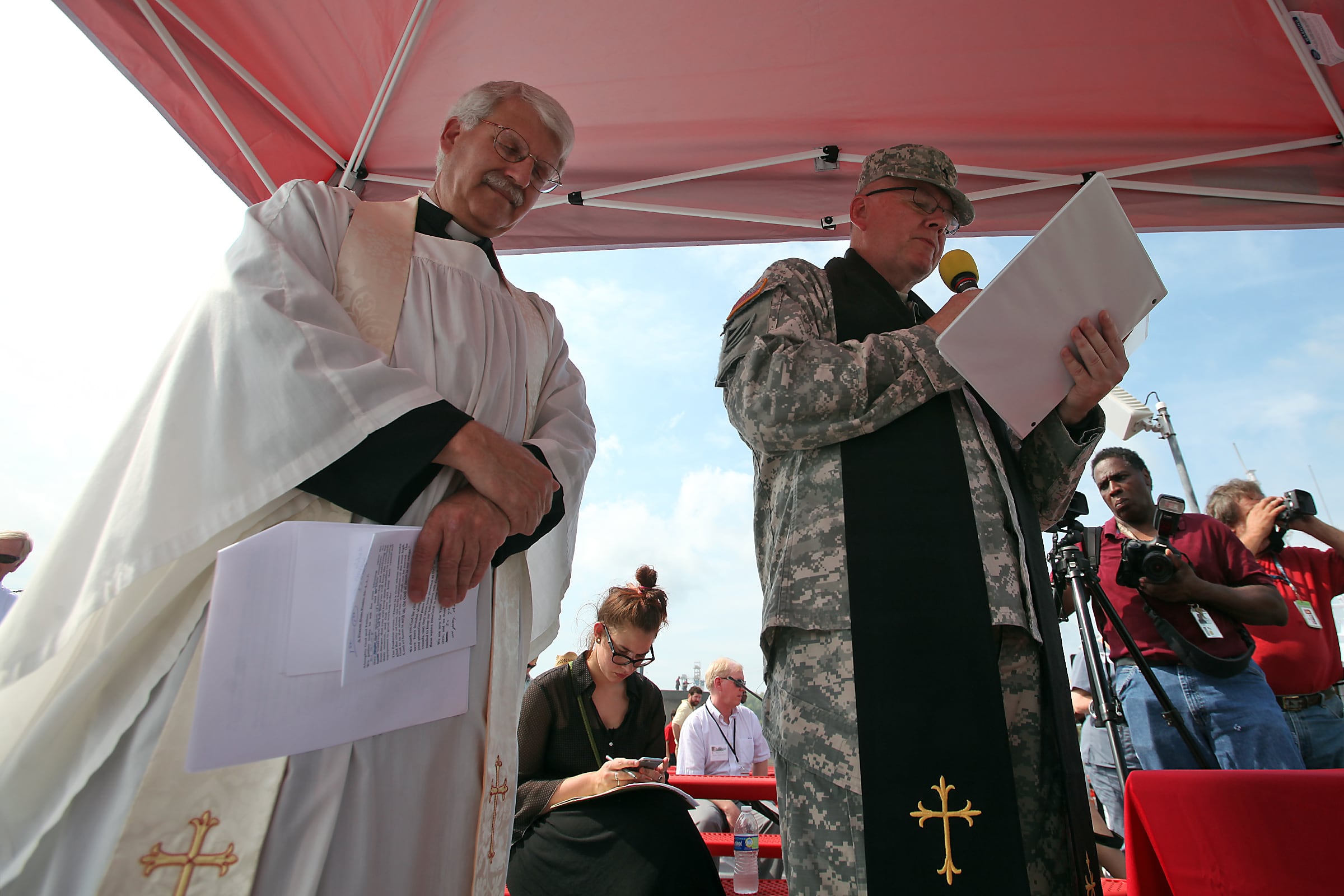Fleet Forces Command is testing a popular phone application used by many universities, corporations and businesses to report potential security and safety issues directly to those who can provide assistance.
The app, LiveSafe, is considered a mobile safety resource and can be used on both the iOS and Android platforms. It allows organizations to use crowd-sourced tips to gather intelligence, field reports of incidents and safety issues.
The six-month test is expected to be done by 45,000 sailors in the Hampton Roads fleet concentration area and overseas in Rota, Spain at a cost to the Navy of $150,000. If successful, it could be adopted Navy-wide in the very near future.
The cost covers the app's developer, also called LiveSafe, configuring the interface and content to meet the Navy's needs. These needs might be resources and links to Navy information that ranges from sexual assault and domestic abuse issues to help finding your way to see the chaplain, a Navy lawyer or the Fleet and Family Service Center.

A screen shot of the information page of the Live Safe mobile phone application that went into testing Nov. 1 by the Navy in Hampton Roads and Rota, Spain.
Photo Credit: U.S. Navy
The app is a free download from the Apple App Store or Google Play. It requires sailors to have a @navy.mil email address to access the Navy's functionality. It's the next generation of the Navy's push for bystander intervention as it puts a tool in the smart phone of every sailor, officials say.
"This app lives in the prevention world," said Capt. Chuck Marks, sexual assault prevention and response officer at U.S. Fleet Forces Command. "There's lots of apps that are designed to help people react to issues as they happen, but not as many that focus on prevention."
But at its heart, it's an interactive way for sailors to interact with leadership without any red tape, Marks said . In addition, it provides sailors with base-related phone directories and uses Google Maps to help sailors navigate to anywhere on or off base.
"It allows two-way communication between the sailor and the command," said Capt. Chuck Marks, "It protects your anonymity, but allows you to make a by-name report if you choose, too."
For example, he said, if a sailor sees a crime being committed on base — or a potential security violation being committed, they can simply take out their phone and make a quick report — and even attach images if they like.
Security and crime issues will be routed to the base Naval Criminal Investigative Service, Marks said. But sailors can also report potential safety issues such as lights out in parking lots or other facilities-related complaints that will be routed to the proper office on base to fix.
It even knows the base you are on, even if it's not your selected home base. And because it knows where you are, Marks said, it can also let you know if you are near any businesses that are "off-limits" to sailors as identified by the local Navy region.
"It's a way for crowd-sourced intelligence to engage the community to help prevent incidents and improve overall safety," Marks said. "Users can send text, photos, videos and precise location information to report incidents ranging from routine maintenance needs to suspicious activity to safety threats."
Geographically, any base located in the Hampton Roads area from the Naval Weapons Station, Yorktown to as far south as the North Carolina border, where some of the installations under the "Naval Support Activity Hampton Roads" umbrella are located, can download and use the app.
Sailors will be invited to participate in periodic focus groups about the application throughout the half-year test. Once the test wraps up, the Navy will make a decision on whether the application will be expanded Navy-wide.
"That is our hope," Marks said. "But that is also why we're doing the test, so we need as many sailors of all ages and communities to download and test the application — and give us their feedback."
Marks says the Navy feels the app has "room to grow" and can provide much more functionality to the Navy as functions are added over time.
The Navy picked the application from an initial field of about 130 available today, Marks said. That was initially narrowed down to about six that were tested last summer, also in the Hampton Roads area.
The LiveSafe app emerged as the clear front-runner, he said, because it's designed to prevent incidents through bystanders tips and reporting.
Hampton Roads isn't the first area to test use and customize the application. Both the Joint Base Andrews and the U.S. Coast Guard headquarters, both in the Washington D.C. metro area, use the application in some way already, according to LiveSafe's chief executive officer Carolyn Parent.
"LiveSafe is a mobile safety platform that connects people to safety and security resources of their organization," Parent said Nov. 1 in a phone interview with Navy Times. "Most people now have heard the saying 'see something, say something' — this app lets you do that with as few as two clicks."
Parent said that the app is currently in use by millions of people in 19 countries. In the United States alone, 100 colleges and universities are using the app in and around their campuses in much the same way the Navy hopes to put the app into naval service. In addition, she said, many corporations, hospitals, malls and professional sports teams are using the application to keep their stadiums safe during large events.
In fact, she said, the whole idea of the application and the LiveSafe company grew out of the 2007 Virginia Tech shooting. Kristina Anderson, the most injured survivor of the shootings — who survived after being shot in the back during a French class — saw it as a way to share information and possibly prevent incidents through the sharing of information.
Mark D. Faram is a former reporter for Navy Times. He was a senior writer covering personnel, cultural and historical issues. A nine-year active duty Navy veteran, Faram served from 1978 to 1987 as a Navy Diver and photographer.





